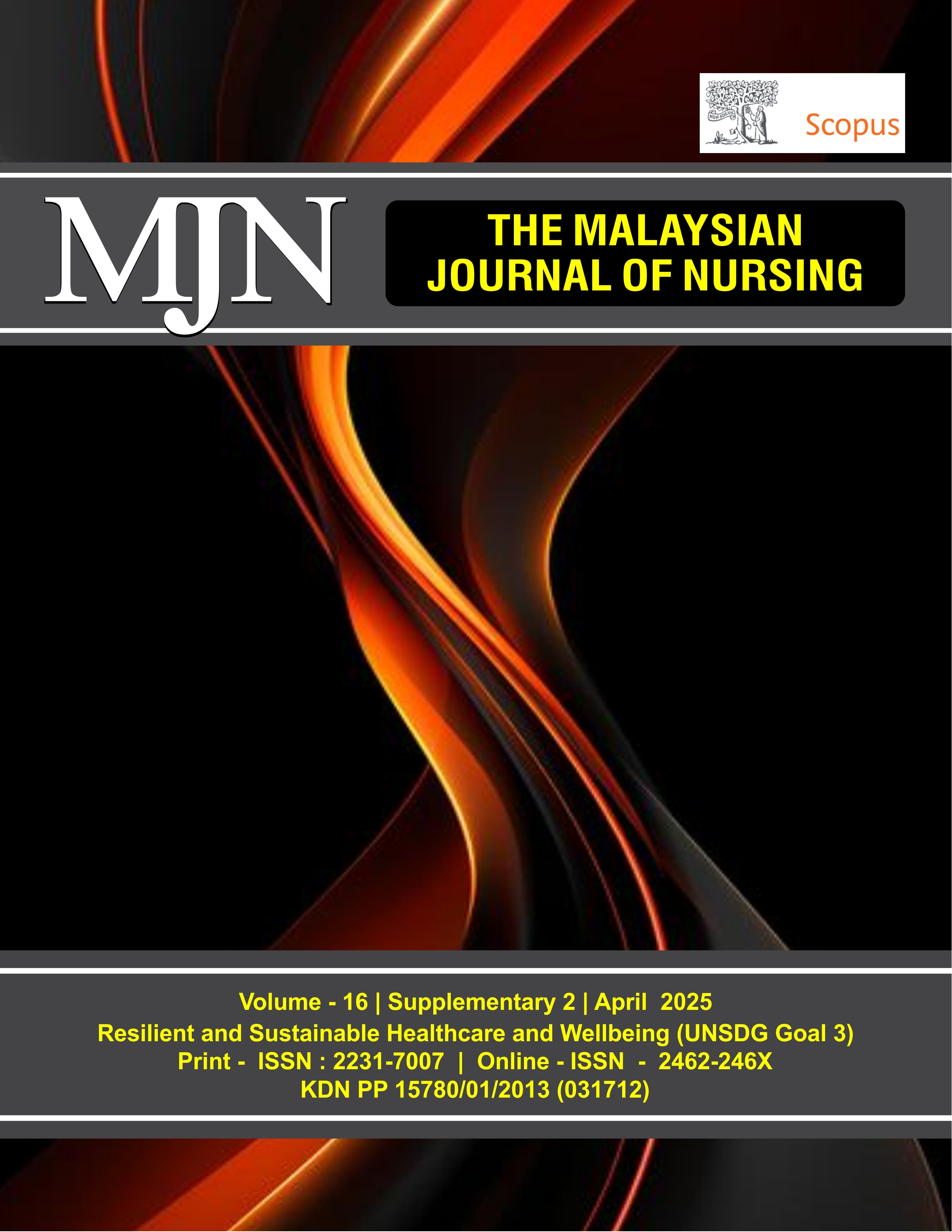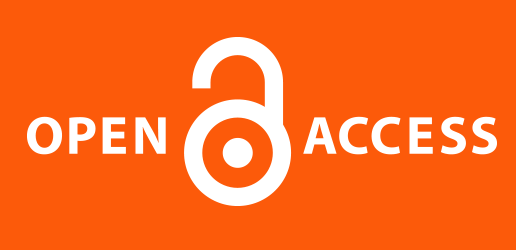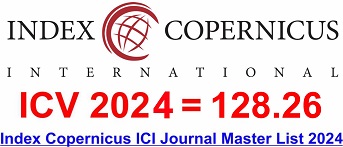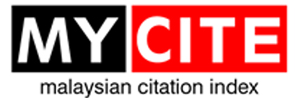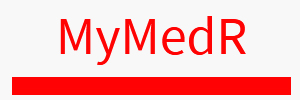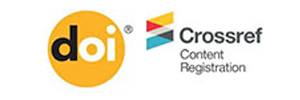The Effect of Smart Bed on Pressure Ulcer Prevention among Patients with Stroke in West Java, Indonesia
DOI:
https://doi.org/10.31674/mjn.2025.v16isupp2.004Abstract
Background: Stroke is the third leading cause of mortality in Indonesia, significantly contributing to comorbidities and healthcare costs. The integration of the Internet of Things (IoT) in healthcare has the potential to improve patient care by automating patient movement and vital sign monitoring. Objective: This study aims to evaluate the effectiveness of an IoT-enabled smart bed system in preventing pressure ulcers among stroke patients by automating patient repositioning and monitoring key physiological parameters. Methods: A quasi-experimental study was conducted in a private hospital in West Java, Indonesia, involving 30 stroke patients divided into an intervention group (n=15) receiving the smart-bed system and a control group (n=15) receiving conventional care. The Braden Scale was used to assess pressure ulcer risk. Data collection included pre-test, post-test, and follow-up assessments over a one-month intervention period. Repeated Measures ANOVA was used to analyse differences between groups. Results: The intervention group showed significant improvements in sensory perception (+8.23 points, p=0.001, eta=0.31), humidity (+8.76 points, p=0.002, eta=0.28), activity (+9.12 points, p=0.001, eta=0.37), mobilisation (+8.76 points, p=0.002, eta=0.33), nutrition (F=7.66, p=0.001, eta =0.35), and friction (F=8.22, p=0.001, eta=0.30). The control group exhibited no significant changes across these variables. Conclusion: The IoT-enabled smart bed significantly improved factors related to pressure ulcer prevention, reducing the burden on caregivers and healthcare providers. This technology offers a promising solution for enhancing patient care and reducing pressure ulcer incidence among stroke patients.
Keywords:
Automated Repositioning, Healthcare Technology, Internet of Things, Pressure Ulcers, Patient Care, Smart Bed, StrokeDownloads
References
Aljohani, W. A., & Pascua, G. P. (2019). Impacts of manual handling training and lifting devices on risks of back pain among nurses: An integrative literature review. Nurse Media Journal of Nursing, 9(2), 210–230. https://doi.org/10.14710/nmjn.v9i2.26435
Agency of Health Research and Development (Indonesia). (2018). Riset Kesehatan Dasar (Riskesdas) 2018. Ministry of Health, Republic of Indonesia. Retrieved from: https://layanandata.kemkes.go.id/katalog-data/riskesdas/ketersediaan-data/riskesdas-2018, Accessed on 5th March, 2024.
Andersen, N. I., Nielsen, C. I., Danbjørg, D. B., Møller, P. K., & Brochstedt, K. D. (2019, November). Caregivers' need for support in an outpatient cancer setting. In Oncology Nursing Forum, 46(6). Retrieved from: https://www.ons.org/system/files/journal-article-pdfs/AndersenNovember2019.pdf. Accessed on 11th July, 2024.
Banks, M. D., Webster, J., Bauer, J., Dwyer, K., Pelecanos, A., MacDermott, P., Nevin, A., Coleman, K., Campbell, J., & Hickling, D. (2023). Effect of supplements/intensive nutrition on pressure ulcer healing: a multicentre, randomised controlled study. Journal of Wound Care, 32(5), 292–300. https://doi.org/10.12968/jowc.2023.32.5.292
Braden, B. J., & Bergstrom, N. (1987). A conceptual schema for the study of the etiology of pressure sores. Rehabilitation Nursing Journal, 12(1), 8–12. https://doi.org/10.1002/j.2048-7940.1987.tb00541.x
Centers for Medicare and Medicaid Services. (2008). Fact sheets: CMS proposes additions to list of hospital-acquired conditions for fiscal year 2009. Retrieved from: https://www.cms.gov/newsroom/fact-sheets/cms-proposes-additions-list-hospital-acquired-conditions-fiscal-year-2009 . Accessed on 11th July, 2024.
Chien, W.-C., & Tsai, T.-F. (2023). The pressurized skin: a review on the pathological effect of mechanical pressure on the skin from the cellular perspective. International Journal of Molecular Sciences, 24(20). https://doi.org/10.3390/ijms242015207
Cheng, Y., Huang, J., & Lin, S. (2023). Artificial intelligence in smart healthcare: A systematic review. Journal of Biomedical Informatics, 140. https://doi.org/10.1016/j.jbi.2023.104304
Eilbeigi, S., Huang, H., Bowling, A., & Behan, D. (2017). Pressure ulcer prevention using soft, non-grasp manipulation in a forcebed. 2017 IEEE Workshop on Advanced Robotics and Its Social Impacts (ARSO), 1–6. https://doi.org/10.1109/ARSO.2017.8025191
Elsayed, S. M., Seweid, M. M., Anwar, S., Alkubati, S. A., Abdelaliem, S. M. F., & Elcokany, N. M. (2025). Effectiveness of a Standardized Skin Care Protocol in Reducing Incontinence-Associated Dermatitis among Critical Care Patients: A Clinical Investigation. Journal of Tissue Viability, 34(3). https://doi.org/10.1016/j.jtv.2025.100924
El Jaouhari, S., Jose Palacios-Garcia, E., Anvari-Moghaddam, A., & Bouabdallah, A. (2019). Integrated management of energy, wellbeing and health in the next generation of smart homes. Sensors, 19(3). https://doi.org/10.3390/s19030481
Fan, X., & Lu, M. (2020). Testing the effect of perceived social support on left-behind children’s mental well-being in mainland China: The mediation role of resilience. Children and Youth Services Review, 109. https://doi.org/10.1016/j.childyouth.2019.104695
Faul, F., Erdfelder, E., Lang, A.-G., & Buchner, A. (2007). G*Power 3: A flexible statistical power analysis program for the social, behavioral, and biomedical sciences. Behavior Research Methods, 39(2), 175–191. https://doi.org/10.3758/BF03193146
Gaspar, S., Peralta, M., Budri, A., Ferreira, C., & Gaspar de Matos, M. (2022). Pressure ulcer risk profiles of hospitalized patients based on the Braden Scale: A cluster analysis. International Journal of Nursing Practice, 28(6). https://doi.org/10.1111/ijn.13038
Gillespie, B. M., Walker, R. M., Latimer, S. L., Thalib, L., Whitty, J. A., & McInnes, E. (2021). Repositioning for pressure injury prevention in adults. Cochrane Database of Systematic Reviews, (6). https://doi.org/10.1002/14651858.CD009958.pub3
Kajol, H., Junaid, S., Jain, S., Chaudhary, A., & Prajwal, K. T. (2019). Design and development of a voice actuated hospital bed for patient care. International Journal of Recent Technology and Engineering (IJRTE), 8(4), 1751–1757. https://doi.org/10.35940/ijrte.C5882.118419
Kassem, A., Hamad, M., El Moucary, C., Nawfal, E., & Aoun, A. (2017). MedBed: smart medical bed. 2017 Fourth International Conference on Advances in Biomedical Engineering (ICABME), 1–4. https://doi.org/10.1109/ICABME.2017.8167544
Kesehatan Republik Indonesia. (2018). Laporan Nasional Riset Kesehatan Dasar (Riskesdas) 2018 [Health Research and Development Agency]. Badan Penelitian dan Pengembangan Kesehatan. Retrieved from: https://layanandata.kemkes.go.id/katalog-data/riskesdas/ketersediaan-data/riskesdas-2018, Accessed on 5th August 2023.
Kim, D. H., Lee, K., & Choi, J. (2023). Internet of Things (IoT) applications in patient monitoring: Opportunities and challenges. Sensors, 23(4). https://doi.org/10.3390/s23041945
Lee, H., & Park, S. (2023). Smart bed technology for hospital and home care: A systematic review. Healthcare Informatics Research, 29(1), 15-28. https://doi.org/10.4258/hir.2023.29.1.15
Mansouri, M., Krishnan, G., McDonagh, D. C., Zallek, C. M., & Hsiao-Wecksler, E. T. (2024). Review of assistive devices for the prevention of pressure ulcers: an engineering perspective. Disability and Rehabilitation: Assistive Technology, 19(4), 1511-1530. https://doi.org/10.1016/j.ijnurstu.2024.104768
Matar, G., Lina, J.-M., & Kaddoum, G. (2019). Artificial neural network for in-bed posture classification using bed-sheet pressure sensors. IEEE Journal of Biomedical and Health Informatics, 24(1), 101–110. https://doi.org/10.1109/JBHI.2019.2899070
Noreen, A., Fatima, N., Arshed, A., Ali, F., Elahi, A., & Khan, N. U. (2025). Pressure Ulcer Prevention: Examine Best Practices for Managing Pressure Ulcers in Immobile Patients and Evaluate the Efficacy of Prevention Strategies. Indus Journal of Bioscience Research, 3(4), 471–478. https://doi.org/10.70749/ijbr.v3i4.1081
Parisod, H., Holopainen, A., Kielo‐Viljamaa, E., Puukka, P., Beeckman, D., & Haavisto, E. (2022). Attitudes of nursing staff towards pressure ulcer prevention in primary and specialised health care: A correlational cross‐sectional study. International Wound Journal, 19(2), 399–410. https://doi.org/10.1111/iwj.13641
Shi, C., Dumville, J. C., Cullum, N., Rhodes, S., Jammali-Blasi, A., & McInnes, E. (2021). Alternating pressure (active) air surfaces for preventing pressure ulcers. Cochrane Database of Systematic Reviews, 5. https://doi.org/10.1002/14651858.CD013620.pub2
Singh, G., Gupta, S., & Chanda, A. (2021). Biomechanical modelling of diabetic foot ulcers: A computational study. Journal of Biomechanics, 127. https://doi.org/10.1016/j.jbiomech.2021.110699
Smith, M. C. (2019). Nursing theories and nursing practice. FA Davis. Retrieved from: https://shorturl.at/c8RDl. Accessed on 12th January, 2024.
Tachibana, T., Imafuku, S., Irisawa, R., Ohtsuka, M., Kadono, T., Fujiwara, H., Asano, Y., Abe, M., Ishii, T., & Isei, T. (2016). The wound/burn guidelines–2: Guidelines for the diagnosis and treatment for pressure ulcers. The Journal of Dermatology, 43(5), 469–506. https://doi.org/10.1111/1346-8138.13274
Taryudi, T., Lindayani, L., & Darmawati, I. (2022). Smart-bed with Internet of Things for Pressure Ulcer. Open Access Macedonian Journal of Medical Sciences, 10(A), 90–94. https://doi.org/10.3889/oamjms.2022.7876
Taryudi, T., Lindayani, L., Darmawati, I., Mutiar, A., & Wijaya, S. S. J. (2023). Application "SinoBed" for Pressure Ulcer Prevention and Monitoring. Jurnal Keperawatan Komprehensif, 9(4). https://doi.org/10.33755/jkk.v9i4.630
Tawfik, A., Hamdan, A., Azzam, A., & Ibrahim, Y. (2018). Novel medical bed. 2018 Advances in Science and Engineering Technology International Conferences (ASET), 1–4. https://doi.org/10.1109/ICASET.2018.8376899
Zhang, Y., Zhao, X., & Liu, W. (2023). IoT-based healthcare systems: Trends, challenges, and future directions. IEEE Internet of Things Journal, 10(2), 789–802. https://doi.org/10.1109/JIOT.2023.3165874
Zuniga, J., Mungai, M., Chism, L., Frost, L., Kakkar, R., & Kyololo, O. B. (2024). Pressure ulcer prevention and treatment interventions in Sub-Saharan Africa: A systematic review. Nursing Outlook, 72(3). https://doi.org/10.1016/j.outlook.2024.102151
Published
How to Cite
Issue
Section
License
Copyright (c) 2025 The Malaysian Journal of Nursing (MJN)

This work is licensed under a Creative Commons Attribution-NonCommercial-NoDerivatives 4.0 International License.

